What Is an Automated Retrieval Robot and Why Is It Essential for Modern Manufacturing?
Modern manufacturing demands unprecedented speed, accuracy, and efficiency. Traditional manual material handling creates bottlenecks that limit production capacity and introduce costly errors. As Malaysian manufacturers embrace Industry 4.0, automated retrieval robots have emerged as essential infrastructure for competitive operations—autonomously managing material flow within production facilities and warehouses while dramatically improving throughput, accuracy, and space utilization.
What Exactly Is an Automated Retrieval Robot?
An automated retrieval robot is an intelligent autonomous system that locates, retrieves, and transports materials, components, or finished goods within manufacturing facilities and warehouses without human intervention. These robots form the mobile execution layer within Automated Storage and Retrieval Systems (AS/RS), combining robotics, AI, sensors, and warehouse management software to automate material handling.
Core Components:
- Mobile platform: Industrial-grade chassis with precise navigation capabilities, handling loads from 50 kg to 1,500+ kg
- Manipulation systems: Lifting mechanisms, telescopic forks, robotic arms, or roller conveyors for engaging loads
- Sensors: LiDAR for 3D mapping, cameras for positioning and barcode reading, proximity sensors for collision prevention
- Navigation technology: SLAM algorithms, QR code markers, and positioning systems ensuring accurate movement
- Onboard computing: Industrial computers processing sensor data, executing navigation algorithms, managing operations
- Software intelligence: Navigation planning, task execution, machine learning optimization, and diagnostic monitoring
Operational Role:
In manufacturing, robots deliver components to assembly stations enabling just-in-time production—an electronics line receives SMT component reels automatically as consumption occurs. In warehouses, robots retrieve products and deliver to picking stations, eliminating worker travel time.
For inventory management, systems provide real-time tracking with automated cycle counting. In space optimization, robots enable high-bay storage with narrow aisles, reducing footprint 40-60%.
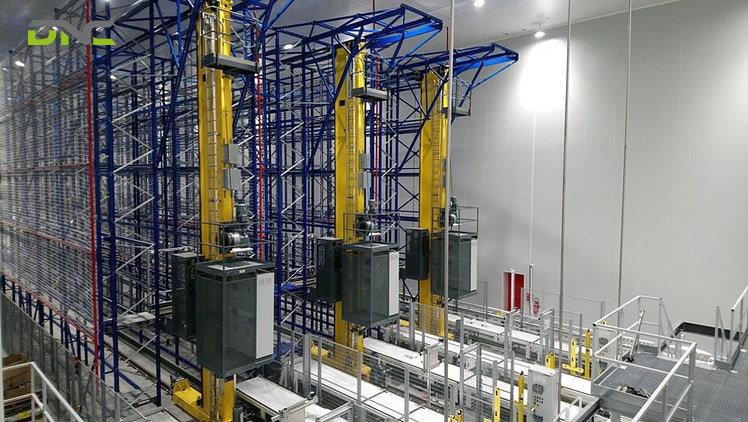
In warehouses, robots retrieve products and deliver to picking stations, eliminating worker travel time.
How Does an Automated Retrieval Robot Work Inside a Warehouse?
Step 1: Receiving Task Instructions
The Warehouse Management System (WMS) or Warehouse Control System (WCS) generates material handling requirements based on production schedules or customer orders. The WMS determines optimal fulfillment strategies and task sequencing. The WCS translates these into specific robot commands, assigning tasks based on robot proximity, battery levels, and current workload.
Step 2: Location Identification and Navigation
Robots query inventory databases for exact storage coordinates. Navigation algorithms calculate optimal paths considering distance, traffic patterns, and task priorities. LiDAR sensors scan surroundings while SLAM algorithms calculate precise positioning. Visual markers (QR codes) provide additional confirmation. Safety systems monitor continuously—proximity sensors detect nearby objects, automatically stopping before collisions.
Step 3: Material Retrieval
Upon arrival, robots execute retrieval based on their design:
- Shelf-moving robots: Position beneath portable shelving units, lift entire shelves (500-1,200 kg), transport to picking stations
- Bin-retrieval robots: Extend mechanical arms into racking, grasp containers, transfer to robot platforms
- Shuttle systems: Operate on rails within racking, moving horizontally and vertically to access storage cells
Step 4: Delivery and Integration
At delivery locations, robots present materials for use:
- Goods-to-person fulfillment: Present shelves/containers at picking stations with pick-to-light guidance
- Manufacturing line feeding: Deliver components to staging areas or interface directly with automated storage cabinets
- Storage operations: Transport materials to optimized positions, placing high-velocity items near primary areas
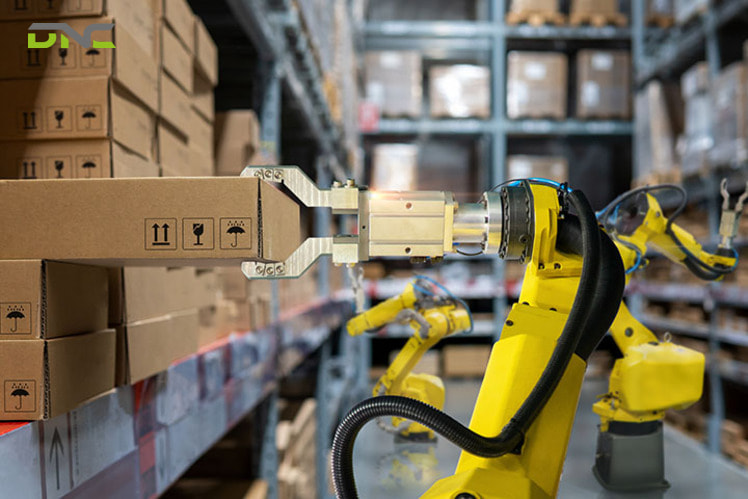
Automated retrieval robots operate in 4 steps
What Are the Main Advantages of Using Automated Retrieval Robots?
The principal benefits of implementing Automated Retrieval Robots (ARRs) in a warehouse or fulfillment center are centered around efficiency, accuracy, and labor management. Here are 6 benefits of using Automated Retrieval Robot:
- Increased Speed and Throughput: Robots retrieve materials 3-5x faster than manual operations, completing 100-200+ cycles hourly versus 30-50 manually. This prevents production bottlenecks and enables just-in-time delivery minimizing inventory.
- Eliminated Manual Errors: Automated systems with barcode verification and position sensors achieve 99.9%+ accuracy versus human error rates of 1-3%. Critical for electronics manufacturing preventing expensive rework and pharmaceutical operations ensuring regulatory compliance.
- Significant Labor Cost Reduction: Robots reduce material handling workforce 50-70% while increasing throughput. A facility with 20 material handlers can reduce to 6-8 supervisory roles processing equal or greater volumes. Reduced workplace injuries decrease workers’ compensation costs.
- Maximized Storage Space: High-density storage utilizes vertical space to 12-15 meters with narrow aisles. Same inventory occupies 40-60% less floor space—substantial savings given Malaysian industrial property costs or avoided facility expansion.
- Real-time Inventory Accuracy: Every operation updates inventory systems automatically with timestamps and locations. Manufacturing maintains precise component inventory for MRP. Quality systems track lot numbers enabling rapid recalls.
- 24/7 Operational Capability: Systems operate continuously with minimal supervision, enabling extended production hours. Robots work nights and weekends at same cost and performance—critical for Malaysian exporters serving global markets.
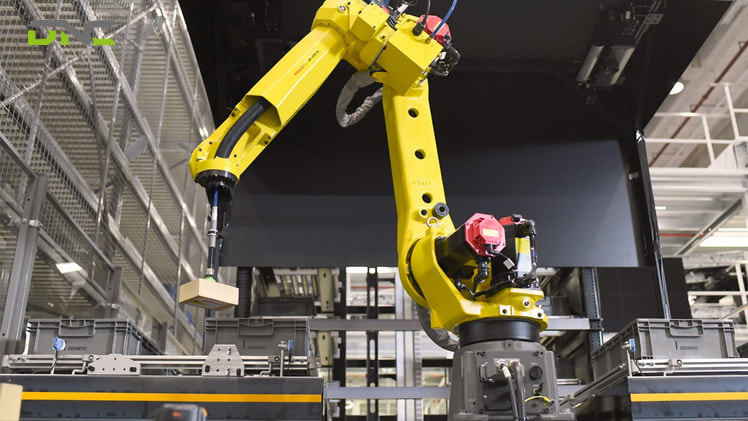
5 Main Advantages of Using Automated Retrieval Robots
Which Industries Benefit the Most from Automated Retrieval Robots?
- Electronics Manufacturing: SMT lines require continuous component supply. Robots deliver materials to feeder stations based on real-time consumption, preventing stoppages. Malaysian manufacturers in Penang manage moisture-sensitive components in climate-controlled storage with automated floor-life tracking.
- Automotive Component Supply: Just-in-sequence delivery ensures correct parts arrive exactly when needed for specific builds. Sequencing operations for Proton, Perodua, and suppliers use automated buffer storage staging parts in precise build order.
- Pharmaceutical and Healthcare: Automated systems enforce FEFO logic preventing near-expiry dispensing. Temperature monitoring ensures cold-chain integrity. Complete traceability supports MDA and NPRA compliance with comprehensive audit trails.
- FMCG and Distribution: High SKU counts and promotional complexity benefit from robotic optimization. Systems dynamically adjust storage as velocities change seasonally. Malaysian operations manage mixed-case picking for retail deliveries efficiently.
- Third-Party Logistics (3PL): Robot flexibility adapts quickly to changing client requirements—onboarding new clients or handling seasonal fluctuations without redesign. Malaysian 3PLs differentiate through automation capabilities winning multinational contracts.
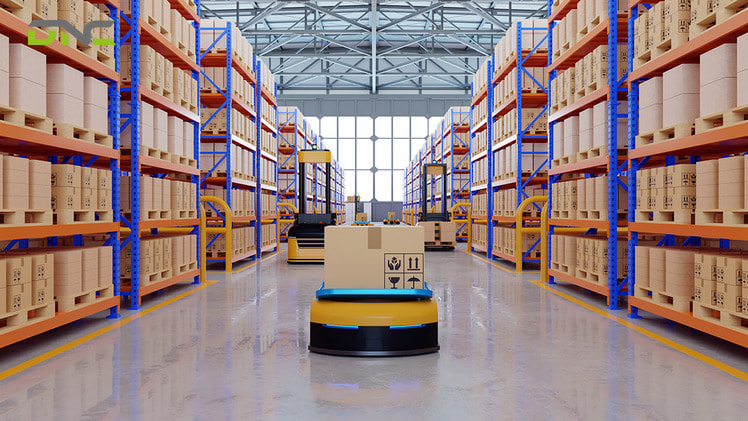
Malaysian operations manage mixed-case picking for retail deliveries efficiently.
How Can Automated Retrieval Robots Integrate with Smart Warehouse Systems?
WMS and WCS Integration
The WMS provides business logic—determining fulfillment strategies, inventory management, and optimization. The WCS translates decisions into equipment commands—robot task assignment, path planning, execution monitoring. Standardized APIs enable best-of-breed solutions from different vendors working seamlessly.
IoT Sensor Networks
Robots integrate with facility-wide sensors: environmental monitors ensuring storage conditions, equipment sensors triggering automatic replenishment, occupancy sensors ensuring safety, energy meters optimizing charging schedules, and shelf weight sensors verifying inventory accuracy.
Industry 4.0 Capabilities
- Digital twins: Virtual facility models mirror operations enabling simulation and optimization without production disruption
- Predictive analytics: Machine learning forecasts material needs and equipment maintenance requirements
- Autonomous decisions: Systems reoptimize storage layouts and balance workload dynamically without human intervention
- Vertical integration: Robot data flows through ERP, quality management, and customer portals providing comprehensive visibility
Data-Driven Improvement
Systems track operational KPIs (cycles/hour, utilization, accuracy, energy/task). Bottleneck analysis pinpoints constraints. Layout optimization identifies workflow improvements. Predictive inventory management balances availability versus carrying costs. Malaysian manufacturers report continuous 5-10% annual productivity improvements from incremental optimizations.
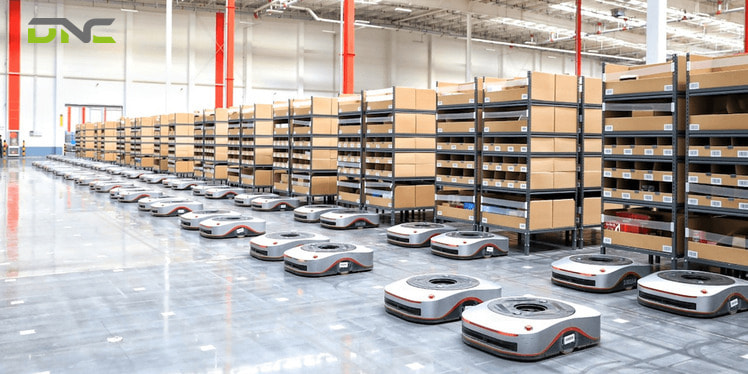
The WMS provides business logic—determining fulfillment strategies, inventory management, and optimization.
What Challenges Do Factories Face When Implementing Automated Retrieval Robots?
High Initial Investment and ROI Concerns
Systems cost RM 2-8 million with 24-36 month payback periods. Solutions: Phased implementation proving concepts first, government grants (MIDA, MDEC) covering 30-70% of costs, automation-as-a-service models, thorough financial modeling building stakeholder confidence.
Inadequate Management Systems
Effective operations require robust WMS/WCS platforms. Many Malaysian manufacturers use basic systems lacking required functionality. Solutions: Bundled vendor WMS/WCS solutions, cloud-based platforms implemented before robots, experienced system integrators, allocating 20-30% budget for software.
Skilled Workforce Gaps
Success requires expertise in automation, robotics, software, and production processes. Solutions: Recruiting experienced engineers, partnering with technical universities (UTM, UTEM), comprehensive vendor training programs, engaging experienced consultants providing mentorship.
Production Disruption Risks
Installation creates inherent disruption. Solutions: Scheduling work during planned shutdowns, modular designs allowing incremental installation, maintaining temporary manual backup processes, transparent customer communication.
Change Management
Automation creates workforce anxiety about job losses and unfamiliar technologies. Solutions: Transparent communication emphasizing competitiveness, retraining programs for higher-value roles, involving operators in design, demonstrating improved ergonomics and safety.
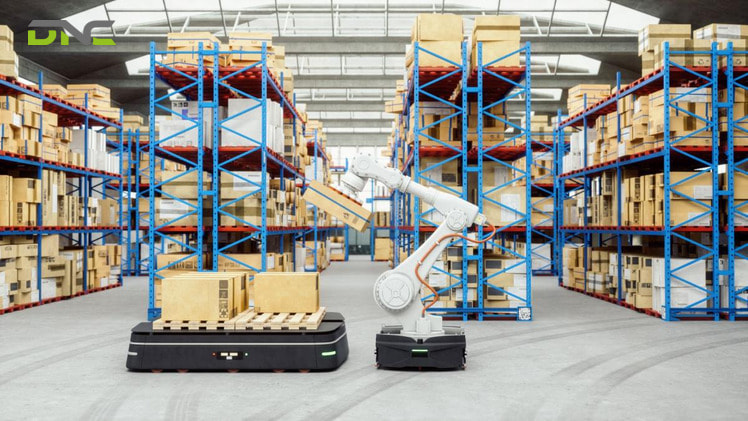
Challenges When Implementing Automated Retrieval Robots
Why Should You Choose DNC Automation for Your Automated Retrieval Robot Solution?
Over 10 years delivering material handling and automation solutions across electronics, automotive, pharmaceutical, FMCG, and logistics sectors in Malaysia. Dozens of successful implementations from 3-5 robot systems to 50+ unit fleets—reducing risk through proven methodologies and lessons learned.
- Over 10 years of experience in automation and robotics integration across various industries.
- End-to-end solutions — from system design, simulation, installation to after-sales support.
- Customized design to fit your warehouse layout, product type, and throughput needs.
- Seamless integration with WMS/WCS and other smart warehouse systems.
- High-quality, reliable components ensuring long-term performance and minimal downtime.
- Local support in Malaysia for quick response, maintenance, and system upgrades.
- Proven track record of successful projects in manufacturing and logistics sectors.
Contact DNC Automation for a consultation assessing your operations and exploring how automated retrieval robots can reduce costs, improve accuracy, and accelerate growth. Let our specialists design the perfect solution for your Malaysian facility.
- 0 views
- 0 Comment



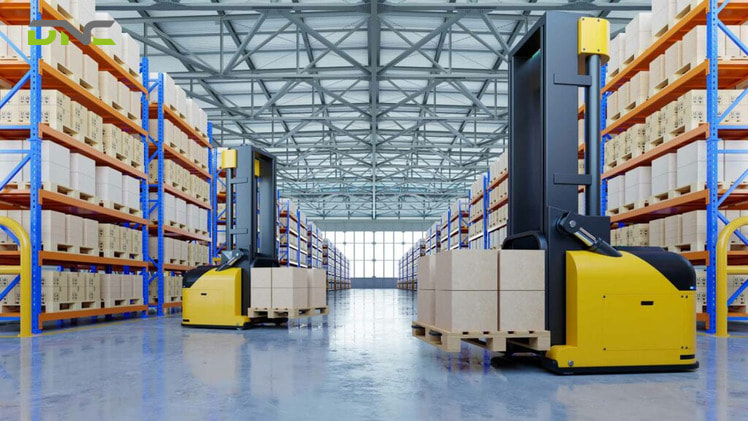
Recent Comments